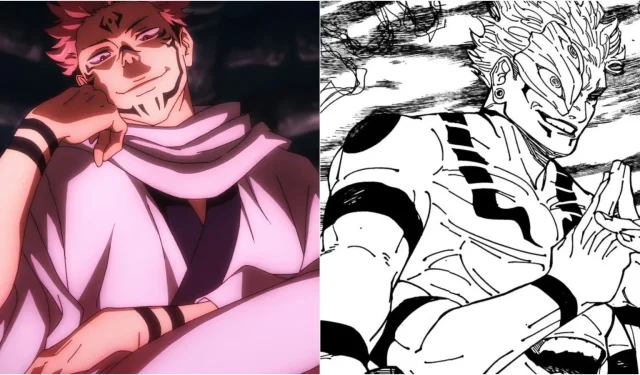
Essential Insights
- Sukuna’s body ink sets him apart from Yuji during his takeover.
- These tattoos are reminiscent of historical criminal markings in Japan.
- The designs signify Sukuna’s mastery of cursed energy and unique techniques.
Within the universe of Jujutsu Kaisen, Ryomen Sukuna stands out not just as a formidable entity, but because his character is wrapped in various subtle layers and complex themes. From his backstory to his title as the King of Curses, much remains enigmatic, particularly regarding the intricate tattoos that adorn his figure. These tattoos are crucial to understanding his character, providing a distinct visual cue that separates him from Itadori Yuji.
Yet, Sukuna’s tattoos are not simply a means of distinction between him and Yuji; they delve into deeper thematic territory, intertwining with Japan’s historical context. Gege Akutami skillfully embeds various layers of meaning into his characters, and Sukuna’s body art serves as a significant element, enriching the narrative complexity of Jujutsu Kaisen.
What Functions Do Sukuna’s Tattoos Serve?
Sukuna’s Indicators of Differentiation from Yuji
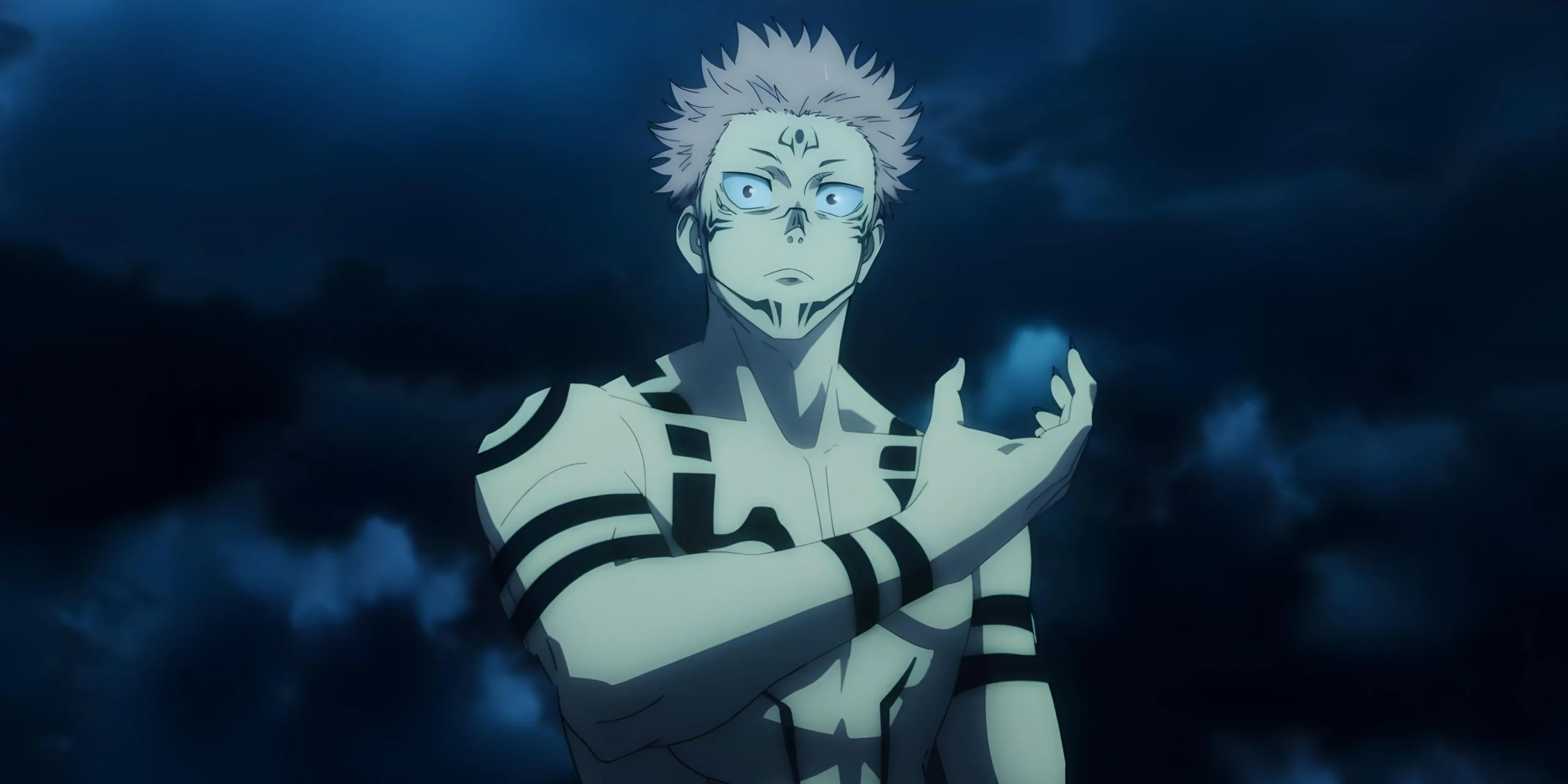
In many anime, it is common to see two distinct characters inhabit a single body. Such characters usually possess evident identifiers that help viewers recognize who is currently in control. Sukuna’s tattoos function in a similar manner, becoming pronounced whenever he seizes control of Yuji Itadori’s form.
While the shift in Sukuna’s personality and behavior is another clear indicator, his tattoos provide an unmistakable visual cue for audiences to discern when he is active. Additionally, certain scenes necessitate a clear delineation between Sukuna and Yuji, with these body art markings serving as an effective tool for distinguishing the two identities.
The existence of Sukuna’s markings has sparked considerable debate among Jujutsu Kaisen enthusiasts. Some fans assert that his tattoos are an integral part of his character’s design, while others theorize that they only manifest for the audience, lacking any true significance within the story. Nevertheless, several moments within the series have strongly suggested that Sukuna’s tattoos represent a concrete narrative feature, further solidifying their importance as a legitimate aspect of his identity.
“Good, the marks are still here,” – Jogo
The Indicators of Crimes Committed
Historical Use of Tattoos for Criminal Identification in Japan
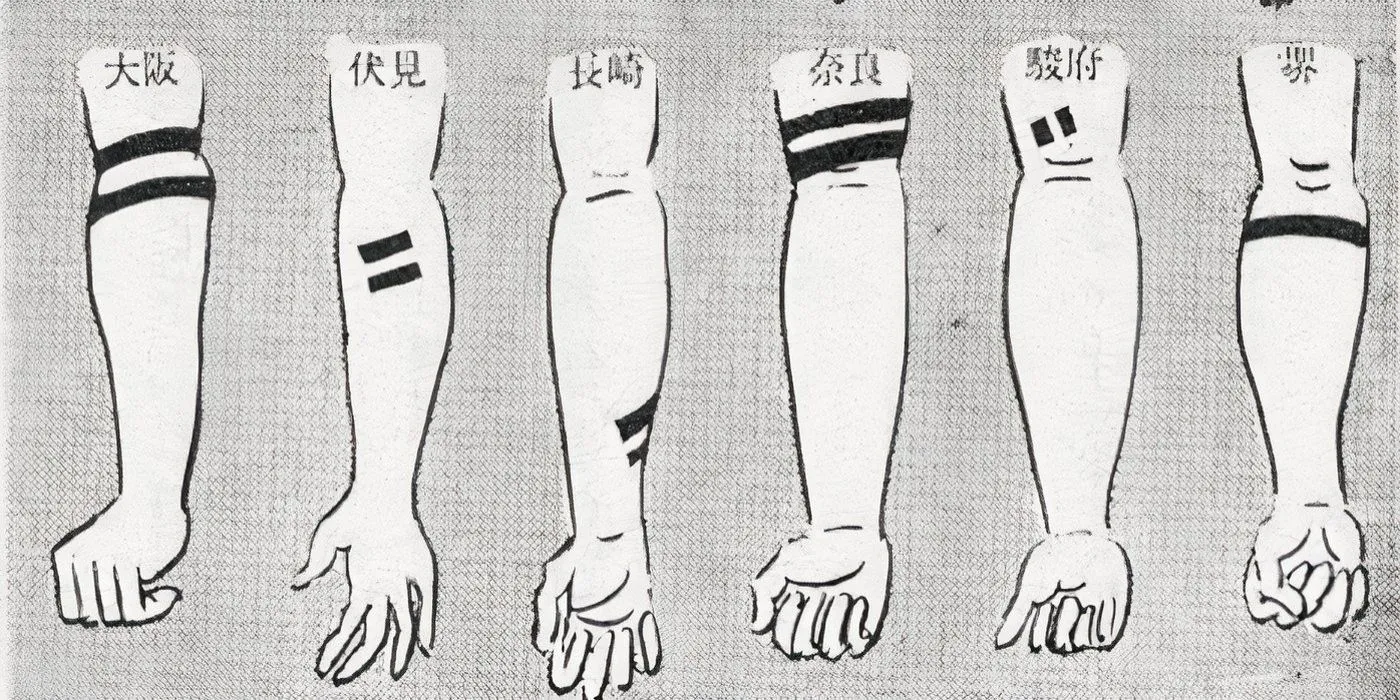
Ryomen Sukuna, the self-proclaimed King of Curses, is regarded with terror, akin to a deity within the realm of Jujutsu Kaisen. However, it’s critical to remember that this entity was once human, possessing extraordinary jujutsu abilities. During his mortal life, Sukuna engaged in numerous vile acts, contributing to his rise as a legendary curse user and earning him the notorious title of King of Curses.
Sukuna’s life unfolded during Japan’s Heian Era, a time when tattooing served as a method to visibly mark those who committed crimes. These indelible symbols were not solely punitive; they functioned as a deterrent, warning the public against associating with those marked as offenders.
Tattoos as Reflections of Sukuna’s Past Misdeeds
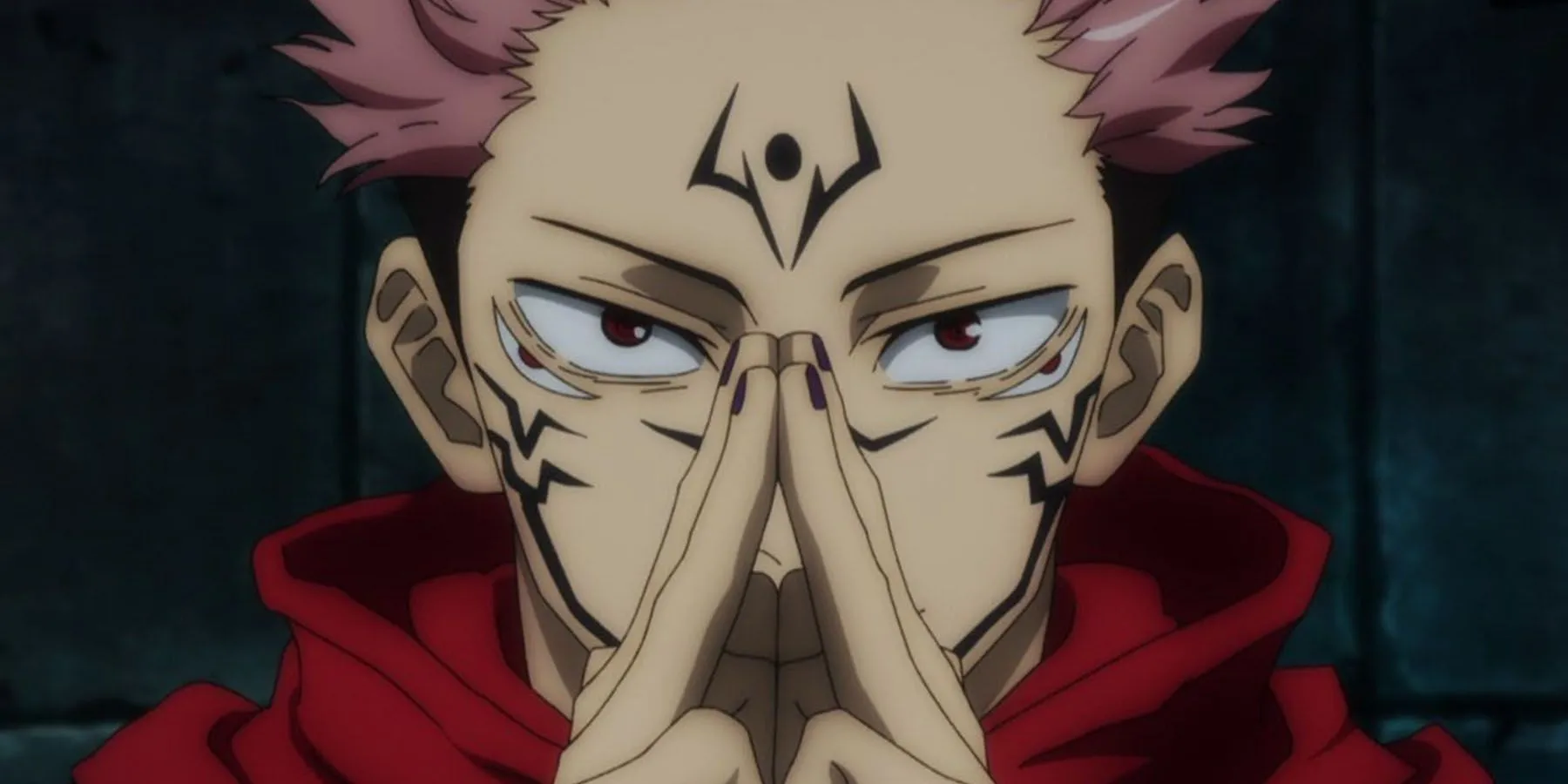
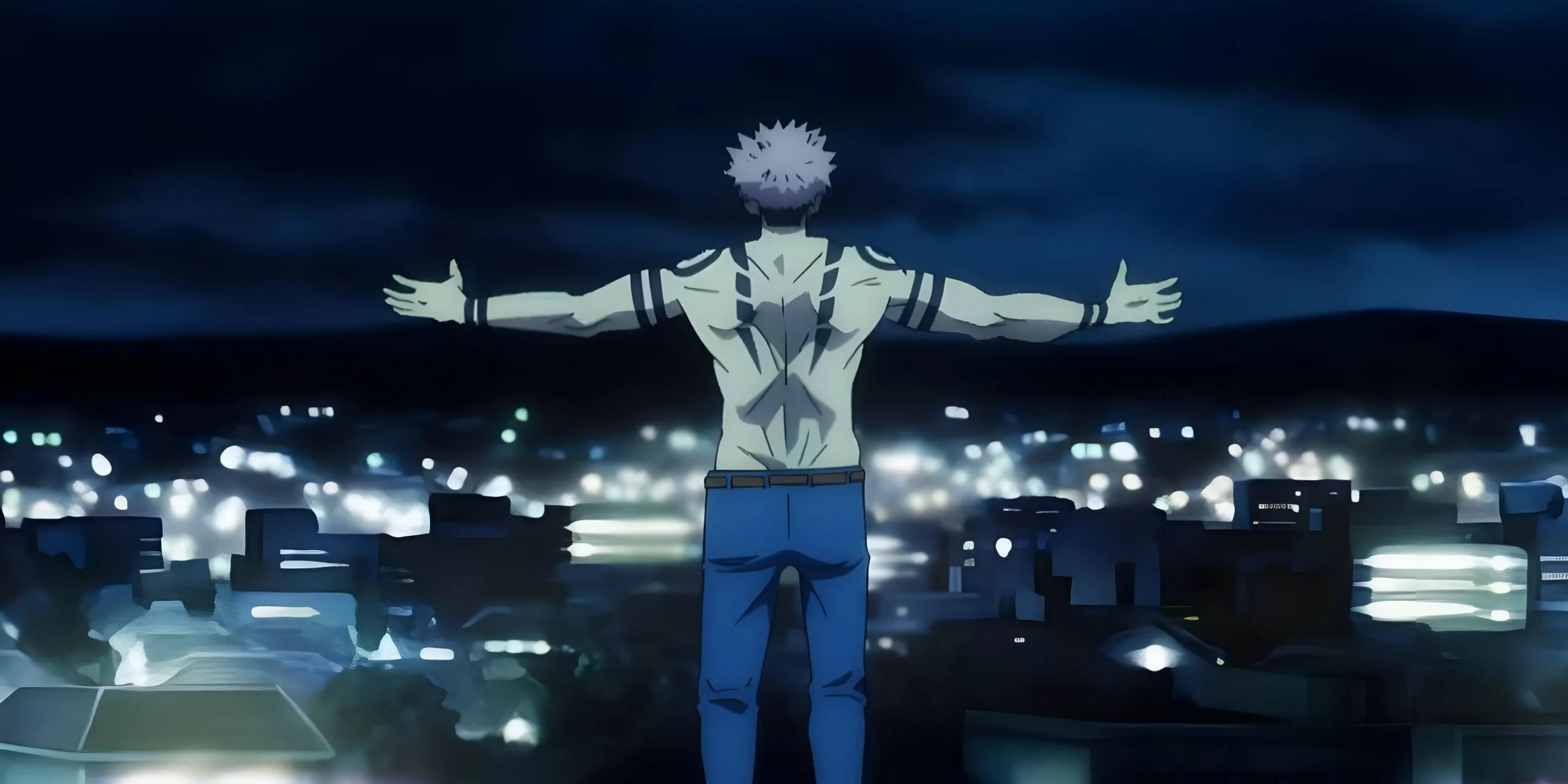
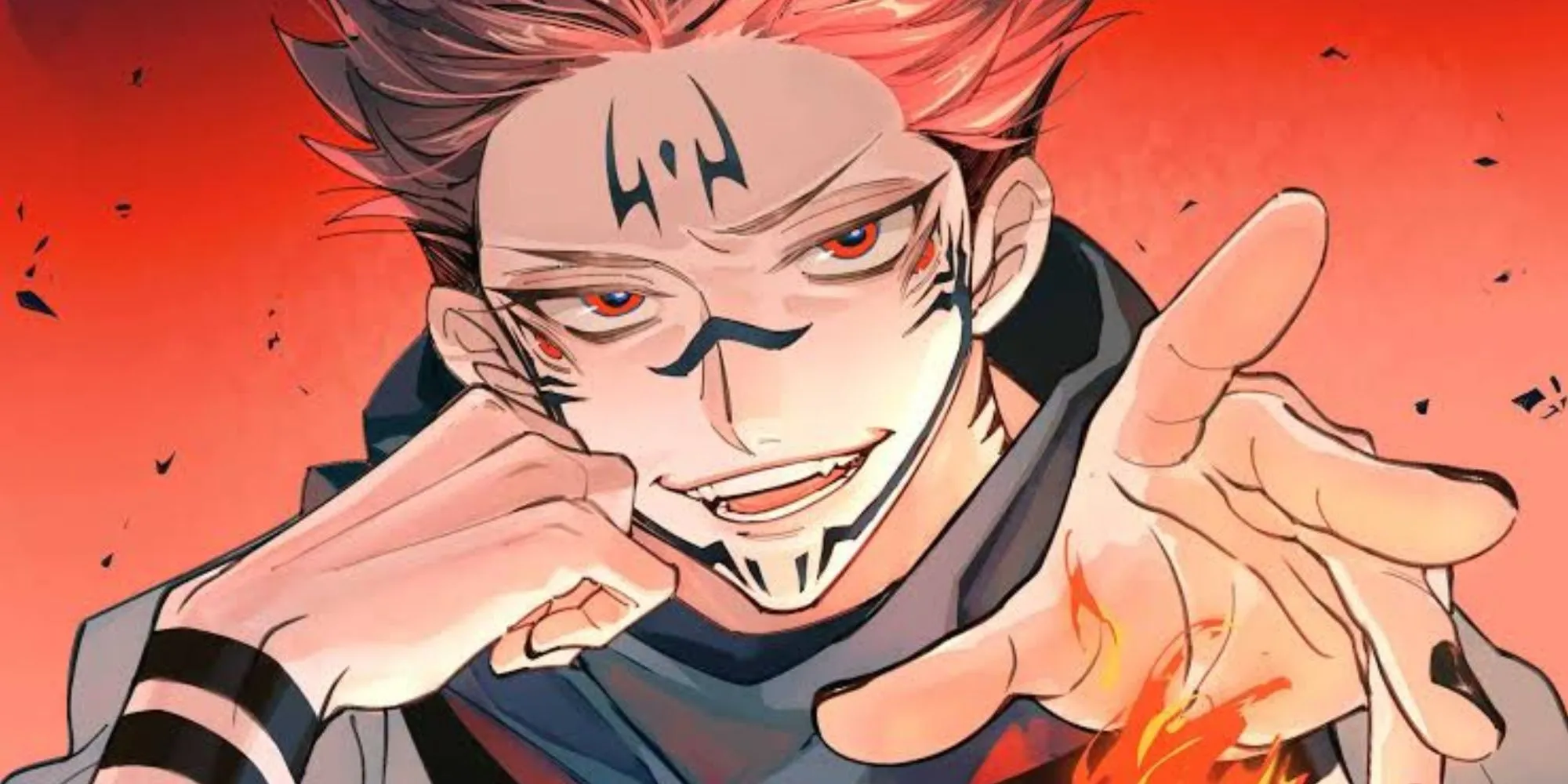
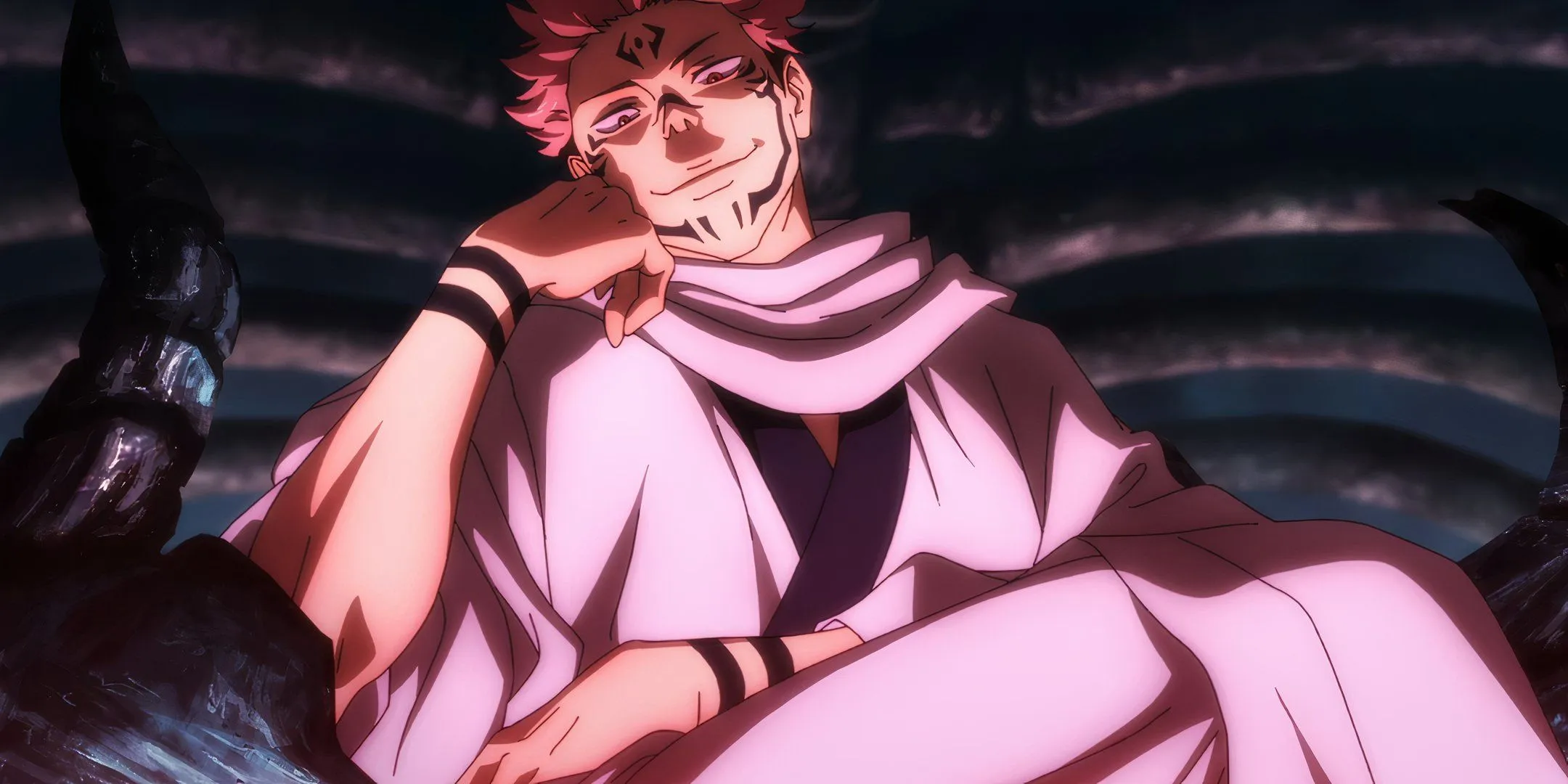
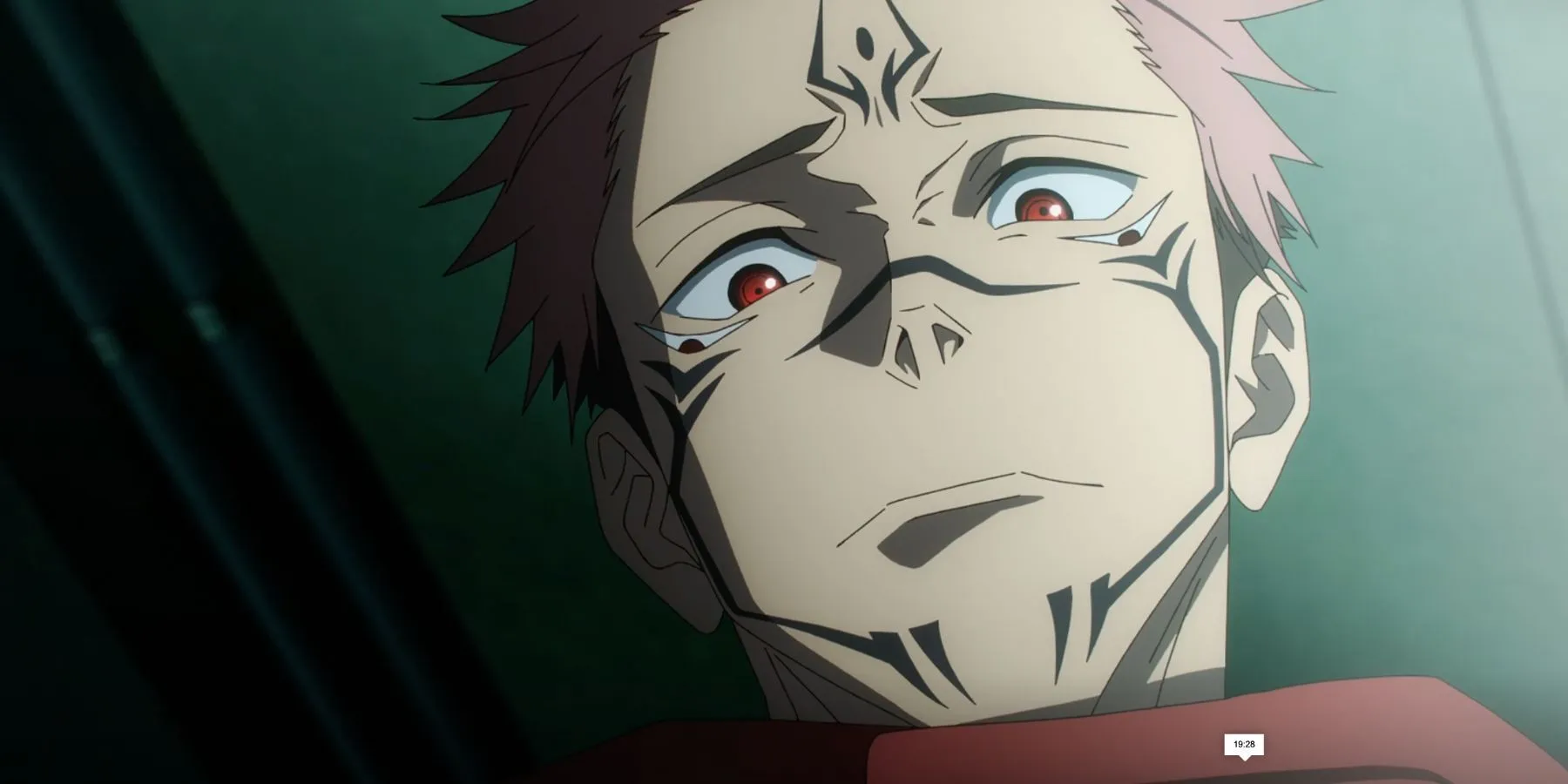
Given that Sukuna lived during this historical period, it stands to reason that his physique would bear such tattoos as a testament to his historical crimes. Although it seems unusual for the most formidable sorcerer in Jujutsu Kaisen to bear marks typically associated with criminals, it is likely that Sukuna dons these tattoos as an emblem of his fearsome reputation.
In fact, the presence of multiple tattoos correlates directly with the severity of crimes committed, implying that Sukuna has adorned himself with these emblems as a badge of honor. While his various tattoos may convey different implications, the ones predominantly seen on his arms clearly reflect the designs forcibly imprinted onto thieves during the Heian Era. Furthermore, facial tattoos were reserved for those convicted of more severe offenses such as murder. The series draws from Japan’s rich historical and mythological narrative, and Sukuna’s tattoos are a striking representation of this thematic depth.
Tattoos Symbolizing Sukuna’s Might
Marks Signifying His Mastery of Cursed Energy
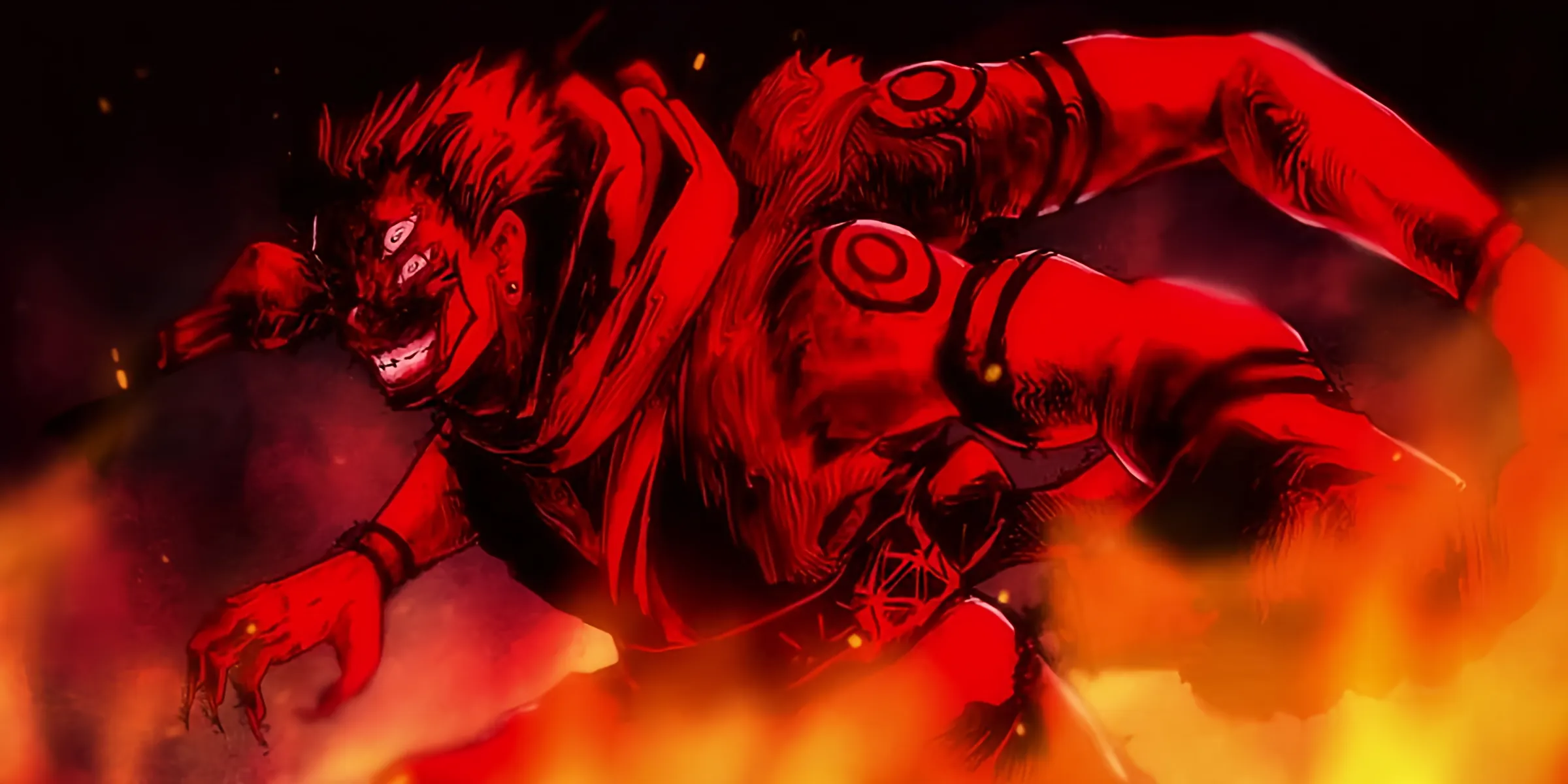
While a majority of Sukuna’s tattoos serve to illustrate the crimes he committed during his life, some markings may represent alternate meanings. The designs on his upper body mimic tattoos seen on various Jujutsu sorcerers, which can enhance their cursed energy. Notable instances of this can be noted with characters like Inumaki, whose mouth tattoos augment his Cursed Speech technique.
It’s plausible that Sukuna’s tattoos signify his cursed techniques or merely act as amplifiers for his cursed energy. Numerous fan theories circulate regarding the true nature of these markings, suggesting they might serve as extensions of his form since certain tattoos appear to shift based on his transformations. Although Gege has not provided definitive clarity on the exact meaning behind Sukuna’s tattoos, their striking resemblance to the punitive tattoos from the Heian Era makes this interpretation highly compelling in understanding one of the many mysteries surrounding Jujutsu Kaisen.
Jujutsu Kaisen is available for streaming on Crunchyroll.




Leave a Reply